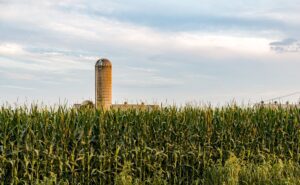Putting the ‘S’ into SAF

They argued farmers could not possibly produce enough grain to grow renewable fuel production while meeting traditional demands for animal feed.
They claimed using more crops for renewable fuels would cause expansion of cropland (at the expense of native grasslands and forests) or diversion of grain away from other markets.
In short, they argued that Congress’s renewable fuels expansion simply could not happen sustainably. They were wrong.
Landscape
In the 15 years since the RFS was expanded, the amount of US cropland has continued to shrink, grasslands and forests have increased and the volume of animal feed grain and exports has risen — all while renewable fuel production has tripled.
How is that possible? Through innovation, greater productivity and an unwavering commitment from American farmers and biofuel producers to use sustainable practices.
Farmers today grow nearly 20% more corn per acre than they did when the RFS was...













